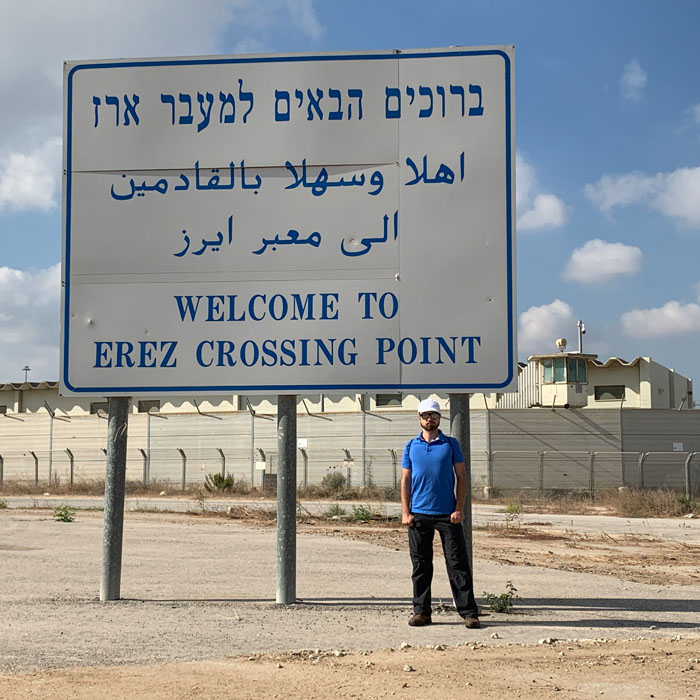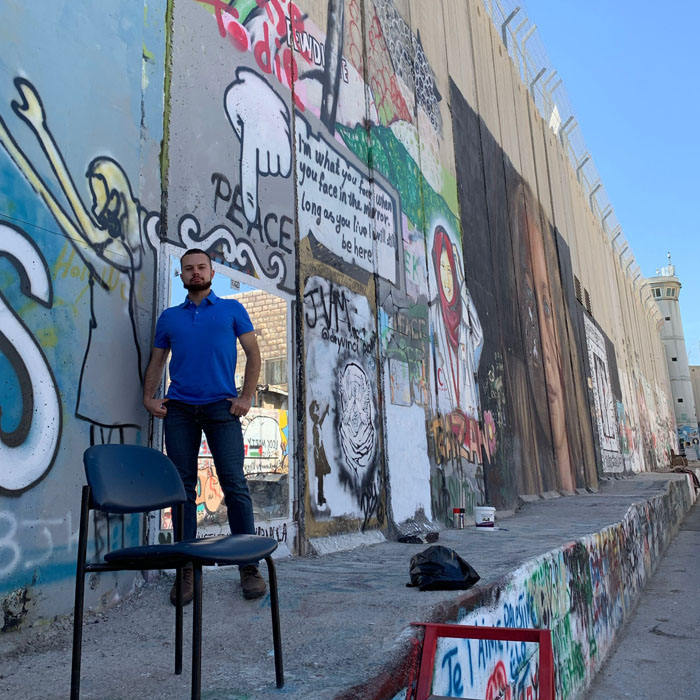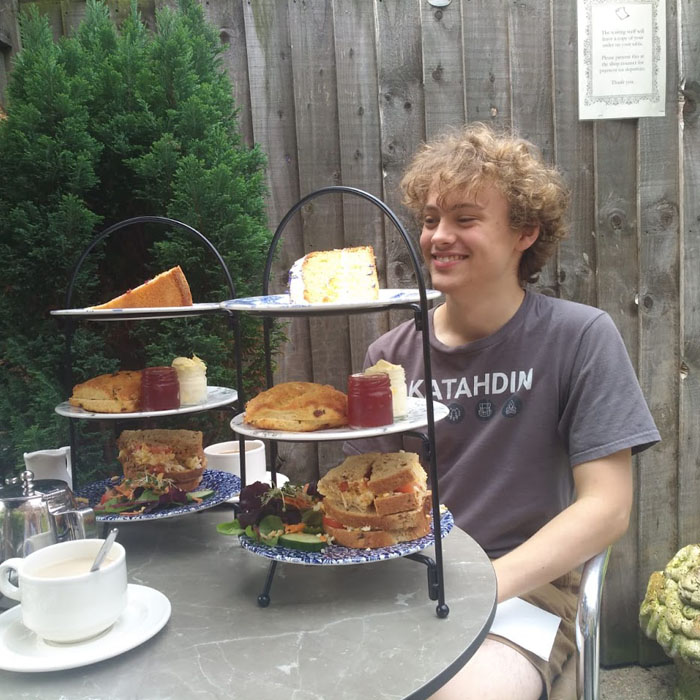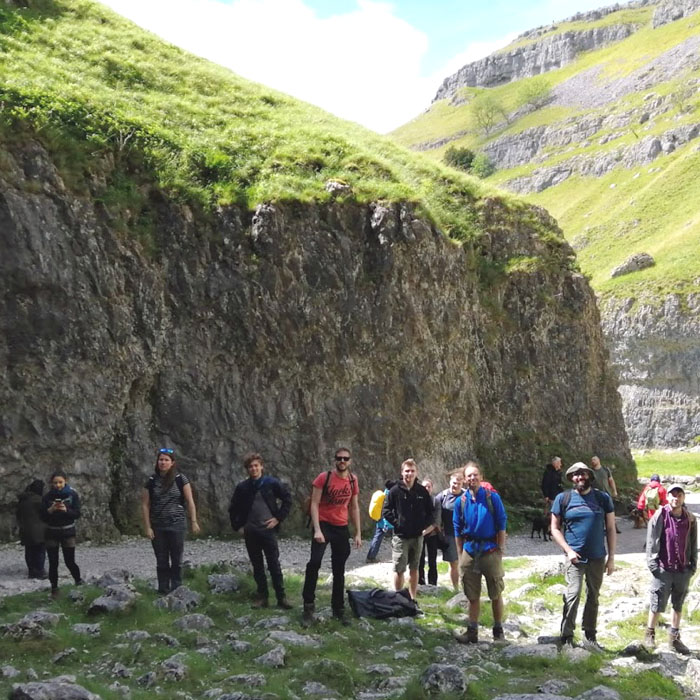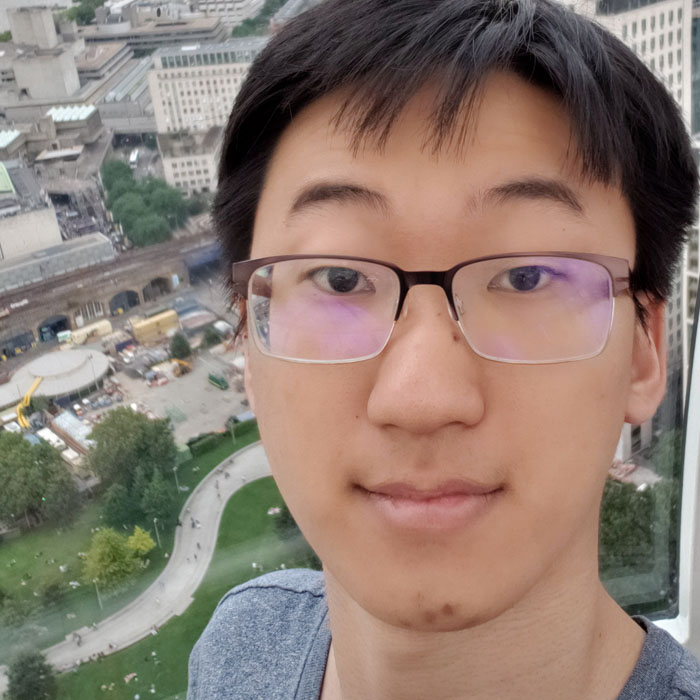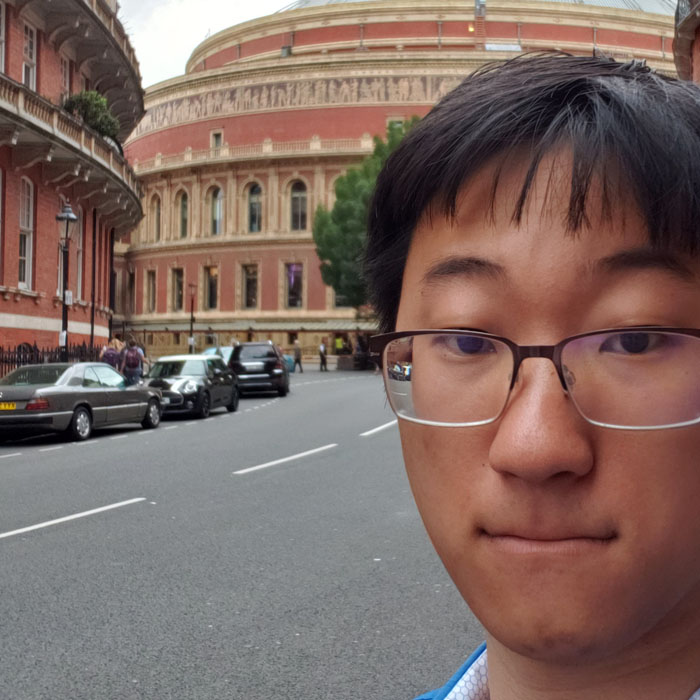A Summer Abroad
By Emily Payne
Media InquiriesThis summer, five Mellon College of Science students conducted research at institutions across the world thanks to the help of International Summer Undergraduate Research Fellowships (ISURFs) awarded to them by the Carnegie Mellon University Undergraduate Research Office.
ISURFs are supported through the generosity of the Buncher Foundation and help fund students work by off-setting their travel and living costs during the summer months.
Ermina Lee, Biological Sciences
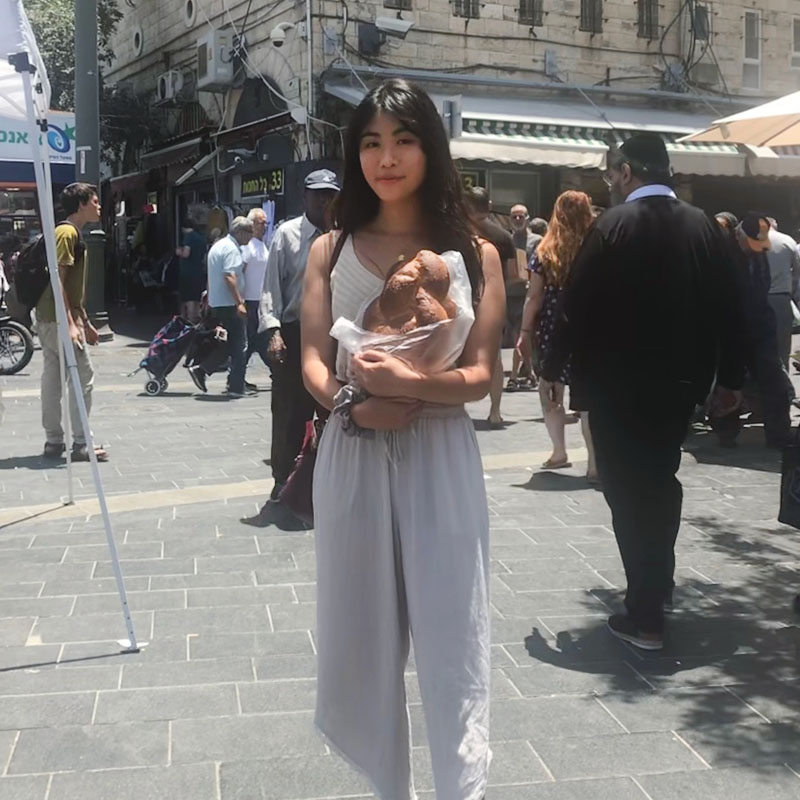
Q&A: Did you learn anything new?
This opportunity has expanded upon my previous research in cancer virology with a tractable model organism, allowing me to explore my scientific creativity with innovative genetic techniques. I also gained an extensive understanding of metabolism, and connected such knowledge with its critical role in cancer cell proliferation. Although currently unpublished, my summer efforts alongside (collaborators from Kupiec’s lab) led to the discovery of a novel iron-sensing function for the SNF1 kinase.
Ian Harris, Physics
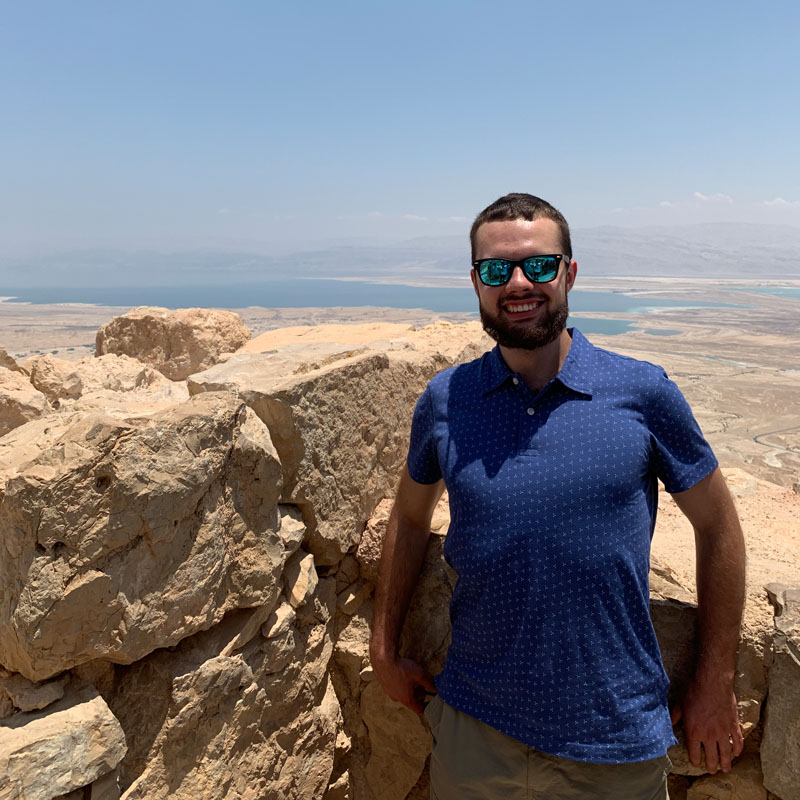
Ian Harris worked with the high energy phenomenology group at the Weizmann Institute of Science in Rehovot, Israel. The group studies the relaxion, an ultralight scalar boson that could comprise dark matter. Harris’s job was to study how neutrinos would oscillate in relaxion halos — dense groups of relaxions that cluster around planets and stars
Seeing as physicists, including the late Carnegie Mellon Professor Lincoln Wolfenstein, have long studied neutrino oscillations, Harris first focused on re-deriving past neutrino oscillation probabilities in a vacuum and in matter. He then used the previous experimental results to place and confirm bounds on the relaxion mass and coupling constant with the electron neutrino. Using what he’d found, Harris predicted results for the upcoming Deep Underground Neutrino Experiment, assuming that the relaxion couples to neutrinos the same way that visible matter does.
While Harris’s current research at Carnegie Mellon centers around analyzing data from the CMS experiment at the Large Hadron Collider, he discovered a newfound interest in theoretical physics. “I learned how phenomenological research differs from experimental research, and I gained a greater appreciation for the theoretical aspects of my work,” he said. The experience has encouraged Harris to seek out graduate schools with active phenomenological research for its ability to mesh theoretical physics and experimental results.
Q&A: What was the most memorable moment from the summer?
My most memorable moments were my two trips to the Palestinian city of Hebron. I got to fully appreciate how military occupation and settler violence impacts the day-to-day life of Palestinians. Seeing firsthand how Israelis and Palestinians suffer from extremists on both sides was a difficult yet valuable experience.
William Fahy, Chemistry
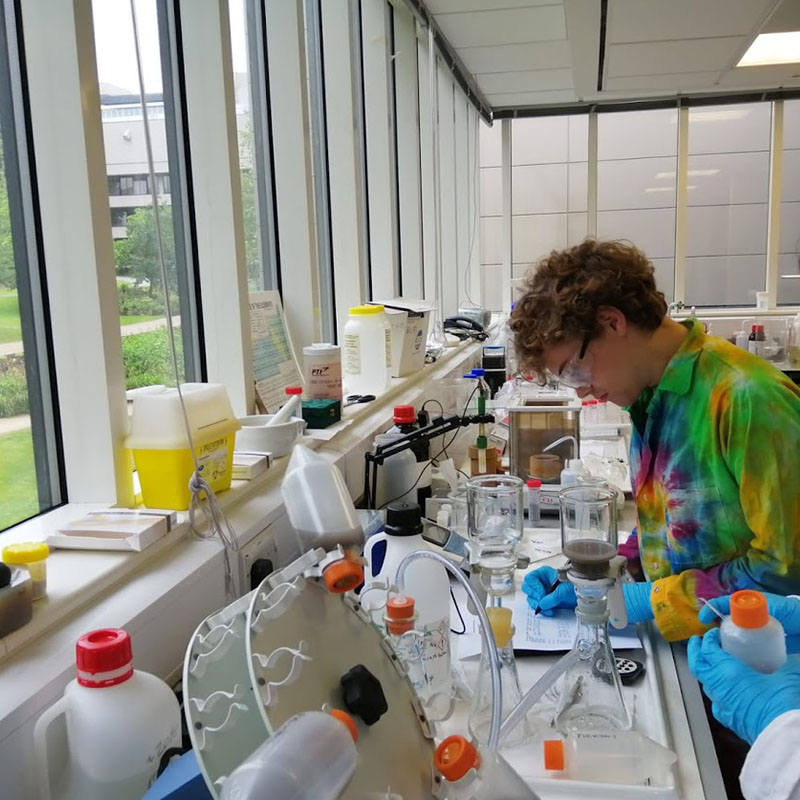
William Fahy was working at the University of Leeds in the School of Earth and Environment examining how volcanic ash particles can react with atmospheric gases and how that may influence cloud formation and properties — particularly how they can nucleate ice in supercooled water droplets.
Q&A: Did you learn anything new?
I learned about a new instrument from the person who invented it called the PINE chamber. It's just recently been developed and is being put into use in some field campaigns now, but I got to work with one of the initial models and develop the first ever laboratory study on what could be a significant advancement in ice nucleation measurement techniques. I'm probably one of three people in the Americas who has ever seen one, let alone is proficient in operating and interpreting data from one.
Travis Fu, Chemistry
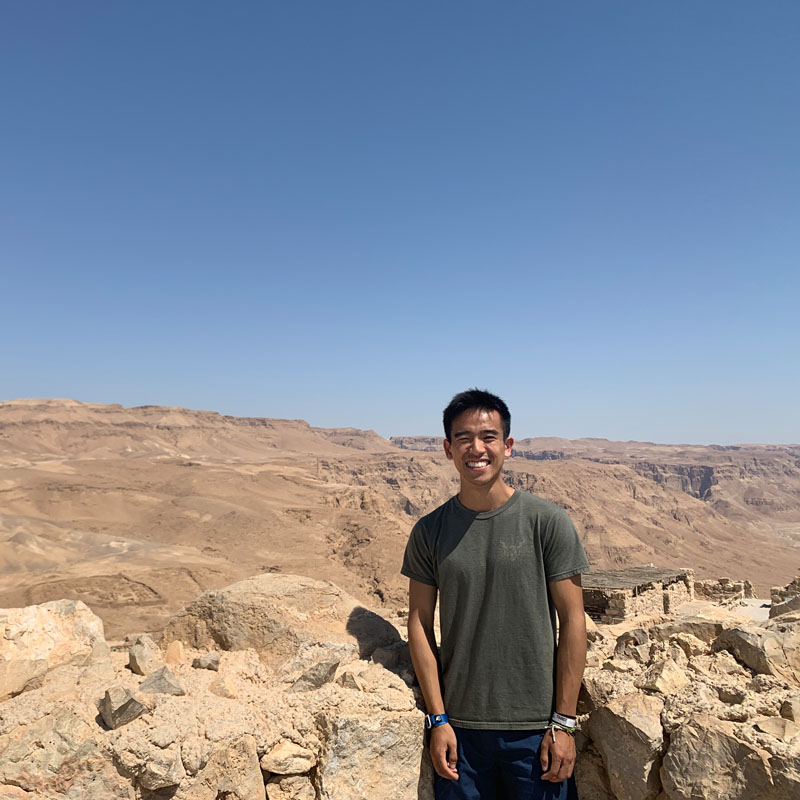
Travis Fu conducted research with Materials Science and Engineering Professor Michael Silverstein at Technion University in Haifa, Israel. Fu’s research focused on applying a novel polymer surfactant to stabilize phase emulsions (i.e. oil in water, water in oil, oil in oil). The ability to template these polymers using emulsions has wide ranging applications that span from soft robotics to drug delivery and oil cleanups. Through his experience, Fu gained valuable new technical skills. “Over the summer, I learned how to synthesize polymer high internal phase emulsions with Dr. Silverstein and his group members as well as how to prepare scanning electron microscope (SEM) samples,” said Fu.
Q&A: What did you do outside of your research?
After my time working with Dr. Silverstein, I was able to travel around Israel and its neighboring country, Jordan. In that time, I visited the Dead Sea, the Church of the Holy Sepulcher in Jerusalem and Petra in Jordan.
Jacob Kim, Chemistry
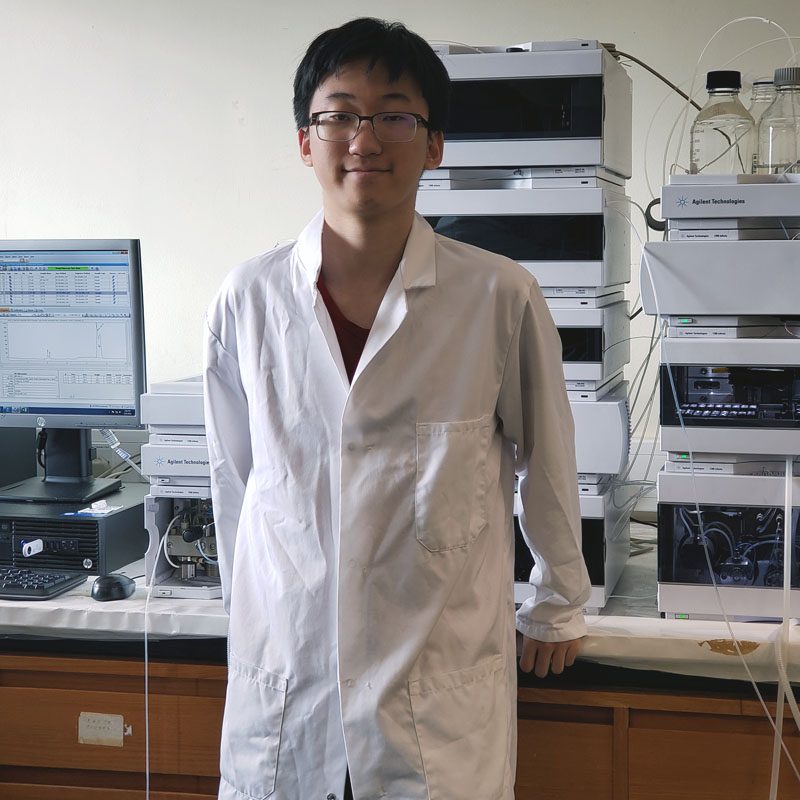
Jacob Kim spent the summer at Brunel University in London, working under Rakesh Kanda, a collaborator with Kim’s research advisor at Carnegie Mellon, Teresa Heinz Professor of Green Chemistry Terry Collins.
In the lab, Kim studied how quickly TAML and NewTAML catalysts can degrade naphthenic acids, toxic compounds found in oil refinery waste, and whether the products formed are nontoxic. The catalysts, developed by Collins, are activated by oxidants such as hydrogen peroxide, and together they can break apart small organic molecules like naphthenic acids into smaller, less toxic fragments.
The goal of Kim’s research was to figure out if it was possible to degrade the model naphthenic acids with a single addition of the TAML catalyst and hydrogen peroxide combination.
He discovered that for both the old and new catalysts, the rate of degradation sharply drops around 4 hours after adding the catalyst, which means the catalyst is most likely deactivating, he noted. “By doing multiple additions once every 4 hours, I was able to cut the time it took to degrade a sample from 72 hours down to 20-28 hours with slightly less catalyst used. While I found and addressed a time efficiency issue, I wasn’t able to fully solve the problem as I originally imagined,” Kim added.
Q&A Did you learn anything new?
I learned about the process of how TAML performance is tested: we first examine how it degrades model samples (what I did), then we examine how TAMLs reduce toxicity in real wastewater samples, and finally we examine how biodegradable the oxidized compounds from that wastewater are. Since I work on synthesizing TAMLs at Carnegie Mellon, it was exciting to use the catalysts to help solve the serious international problem of oil refinery waste, which is considered too expensive to neutralize at its continually increasing scale. I continue to stay in touch with Dr. Kanda and we're planning to investigate the cost-effectiveness of TAMLs and hydrogen peroxide based on my data in the months to come.
